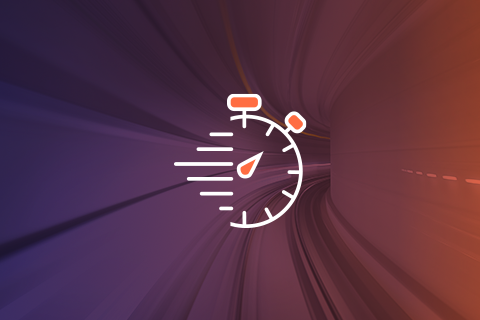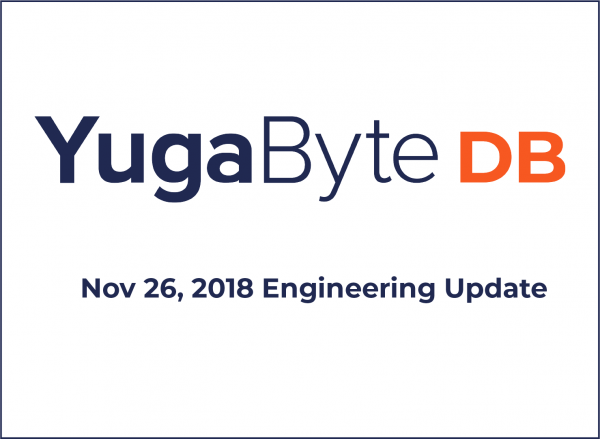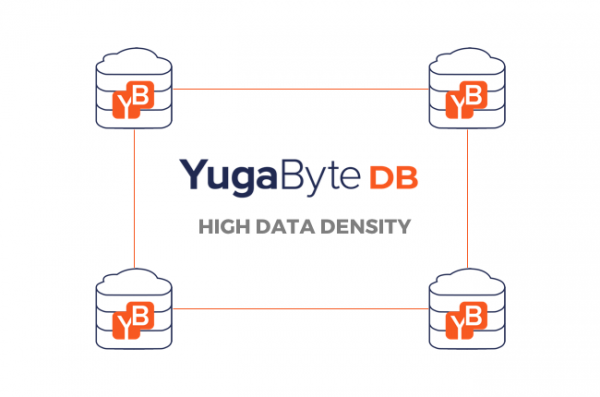How We Learned to Stop Guessing and Love Low P-Values
“I don’t think it’s quite fair to condemn the whole program because of a single slip up, sir.” Famous last words from Kubrick’s 1964 classic Dr. Strangelove, as a forlorn general realizes his negligence is about to lead to nuclear apocalypse. This may feel relatable to any engineer who has immediately regretted pushing the big red “release” button only to later find themselves putting out fires late into the night.
…



